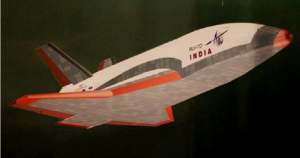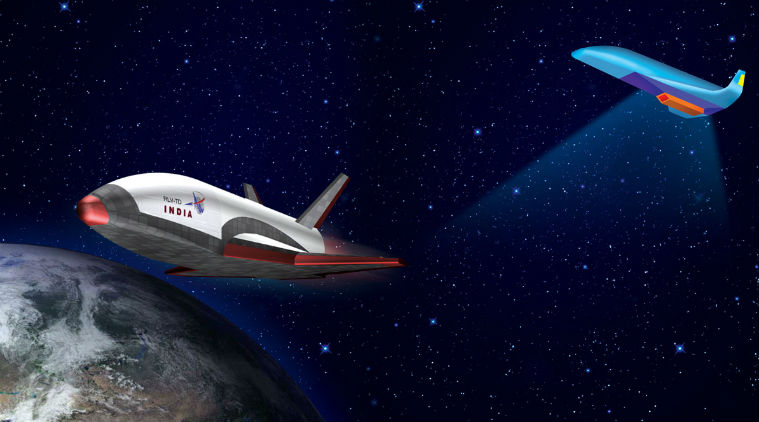
10 Facts About India’s First Space Shuttle RLV-TD Going To Be Launched Next Week
The Indian Space Research Organisation (ISRO) is all set to make history as it embarks to launch its fully made-in-India ‘space shuttle’, this month on May 23. The space organization will be testing its first-ever indigenous space shuttle which will add it to the list of the few nations that have achieved such a feat.
ISRO has built its first testing unit of a space shuttle called Reusable Launch Vehicle – Technology Demonstrator (RLV-TD). If successful, the space organization will be able to save millions of capital invested in the following space missions. Scientists at ISRO believed that recycling the rocket or making it reusable would help reduce the cost of launching satellites into orbit. This new technology was derived from the vision of late Dr. APJ Abdul Kalam.

The first launch of the India’s first space shuttle, RLV-TD will take place at 9:30 AM from India’s spaceport at Sriharikota on the coast of the Bay of Bengal in Andhra Pradesh.
Here are 10 facts you should know about India’s first space shuttle -RLV-TD:
1. The weight of the space shuttle is as much as an average Sports Utility Vehicle (SUV). The RLV-TD weighs in at 1.75 tons and stands 6.5m tall.
2. The average cost of delivering a payload in space without a reusable spaceship is around 5000 USD per 1 kg. If the RLV mission succeeds, ISRO will be able to reduce the costs by more than half; the cost will drop down to around 2000 USD per kg.
3. ISRO will launch a spacecraft with delta wings for the first time ever and interestingly it will be glided back onto a virtual runway in the Bay of Bengal. However, during the experiment, the RLV-TD is unlikely to be recovered from the sea as the vehicle is likely to disintegrate on impact with water because it is not designed to float.
4. The purpose of the experiment is to help the RLV-TD shuttle glide over a designated virtual runway in the Bay of Bengal, situated 500 km from the coast.
5. If the test is a complete success, the final version of the shuttle will be at least six times bigger that the testing model.
6. It will take at least 10-15 years for the final version to get ready.
7. The special booster or the first stage is powered using a solid fuel and it will host the RLV-TD prototype to about 70 km into the atmosphere from where the descent will begin. During the descent phase, small thrusters will help the vehicle navigate itself to the landing area.
8. The making of the Indian space shuttle or RLV-TD has taken 5 years and the Indian government has spent Rs. 95 crore in the project. This flight will test the capability of the vehicle to survive a re-entry at speeds higher than that of sound.
9. The RLV-TD looks quite similar to the American space shuttle.
10. Only a select few nations have attempted to make a space shuttle. USA’s NASA administered the single most successful space shuttle program that lasted from 1981-2011, completing 135 space ventures. Russia’s Buran made a single attempt but was cancelled later. Japan and France have attempted a few testing flights as well.